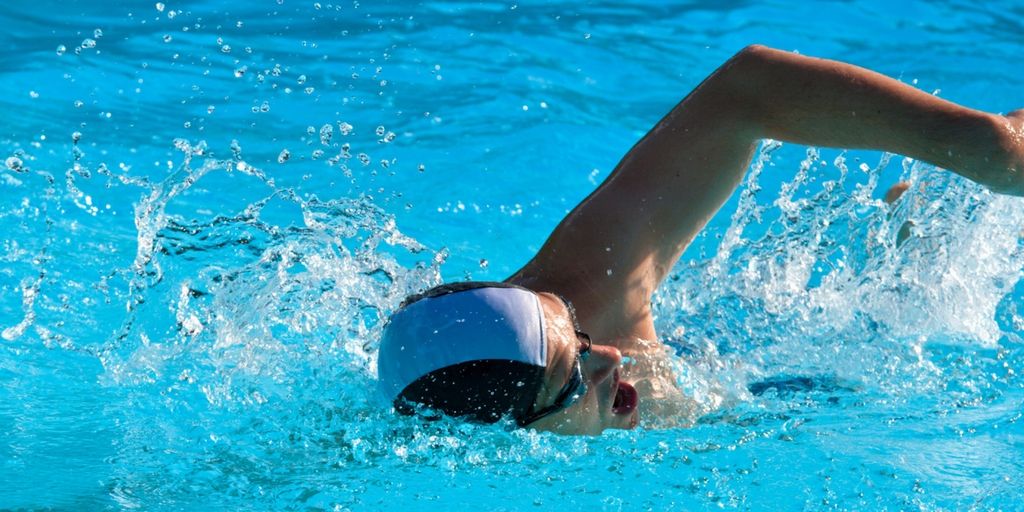Olympic medals, elite athletes, and non-stop television coverage. You can’t turn on the TV, read an article, or scroll through your Facebook news feed without seeing images and videos of the world’s greatest athletes. Walking through the hospital the past few days, nearly every television in the waiting areas, emergency room, and even in patient rooms are running the 2016 Olympics in Rio. The Olympics have provided me with another ice-breaker when talking with patients and their families and it’s also a welcome change of pace for conversation in the physician lounge.
The Olympics provide an opportunity to bring up exercise and healthy lifestyle choices for children and adults. When speaking with my pre-teen and teenage patients who are overweight or obese, the many sports highlighted on television provide a starting point for discussion about the benefits of various diets and training regimens of the athletes. Use of medical calculators online can assist physicians and patients in managing and evaluating sports-related conditions and injuries.
Physicians, nurses, and other members of the healthcare team can advocate for the use of wearable technology for their patients to track their physical fitness. Wearables can also take raw data such as resting heart rate and combine it with age to give the user their target heart rate during exercise. This measure can be updated and adjusted as exercise is better tolerated and improved performance is achieved. Taking fitness one step further, one of the best predictors of cardiovascular fitness and maximal aerobic power is the measure of VO2 max (maximal oxygen uptake). This is measured using the Rockport Fitness Walking Test and used to be obtained in a controlled setting to ensure proper timing and heart rate measurements. Now using data points from wearables, this measure of fitness can be obtained and tracked over time by combining the data with the appropriate algorithm.
Overtraining should also be taken into consideration if an athlete is seen in the office complaining of a drop in performance. Flow Diagram for Recognition of Overtraining Syndrome (OTS) from the Joint Consensus Statement of the European College of Sport Science and the American College of Sports Medicine can be calculated rapidly in an office or virtual setting. Female athletes are at increased risk for certain sporting injuries. Physicians can use Risk Factors for Stress Fractures in Female Track and Field Athletes to help measure risk.
Following a knee injury, physical therapists, team doctors, and athletic trainers can utilize the Cincinnati Knee Rating System to evaluate improvements objectively and adjust when to return to sports and activities of daily living as indicated.
Additionally, schools, universities, and youth sport leagues should be cognizant of the recommendations to prevent transmission of methicillin-resistant Staphylococcus aureus (MRSA) among sports participants.
Heat exhaustion is also a concern for athletes. Clinicians can use the Heat Illness Severity Index and the Physiological Strain Index for Heat Stress for evaluation.
These algorithms and over 22,000 more are available online through www.medicalalgorithms.com and via iOS or Android App.

